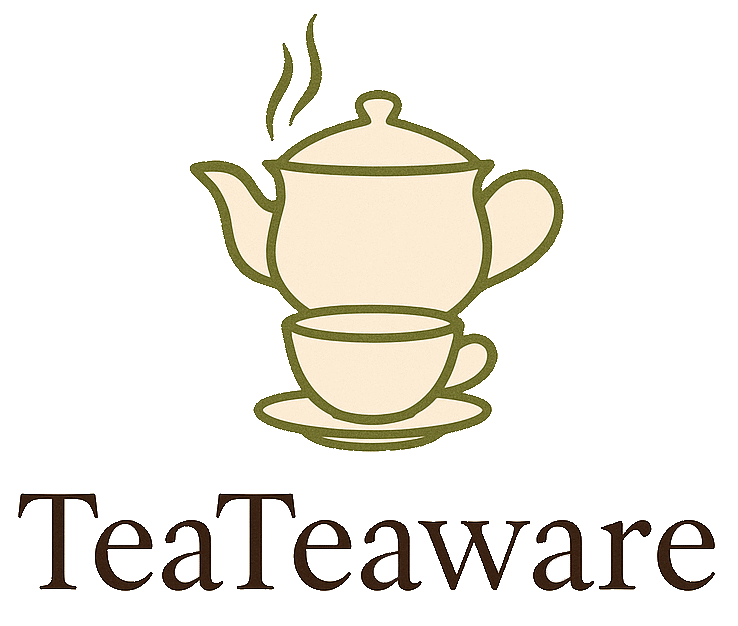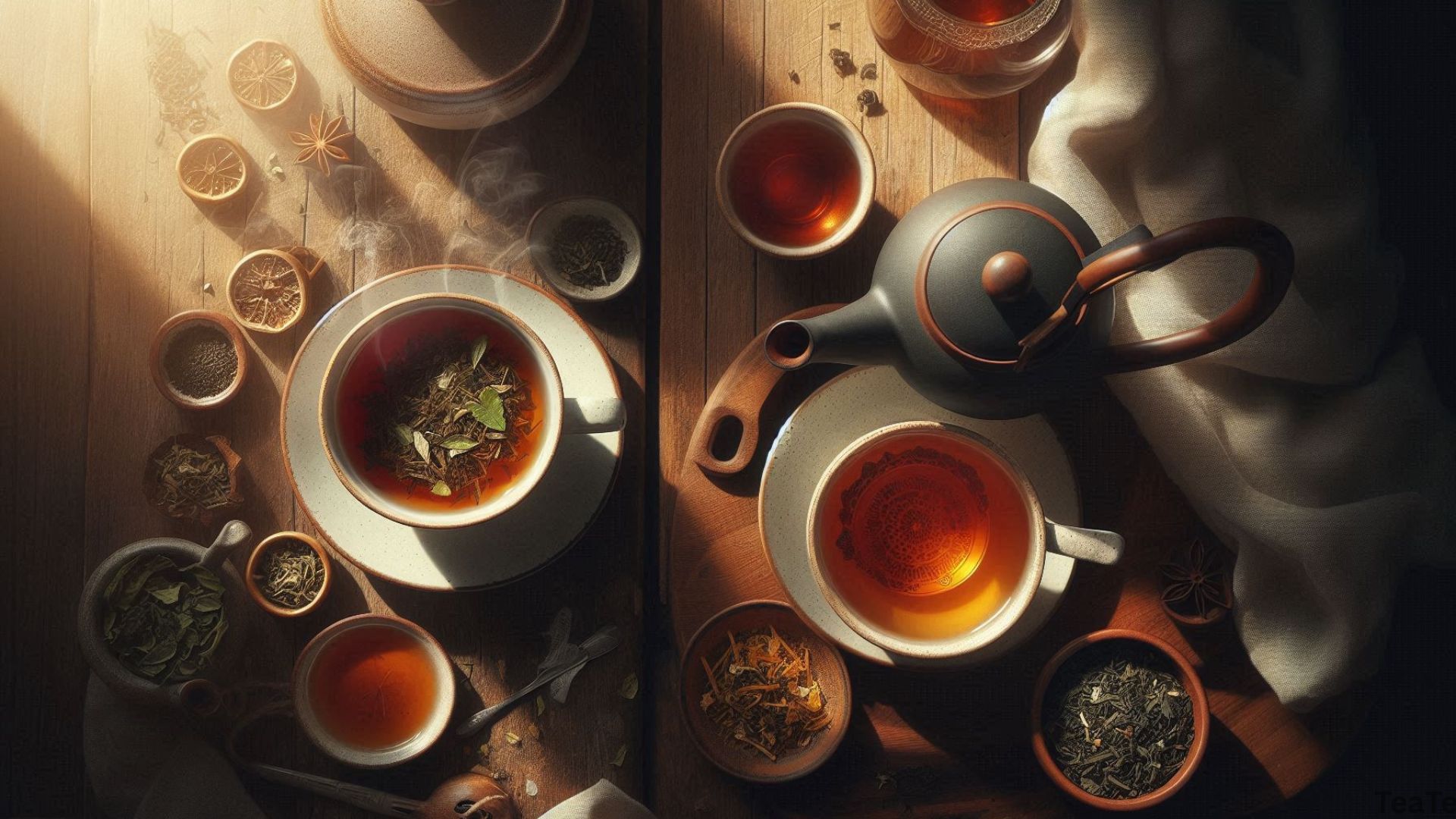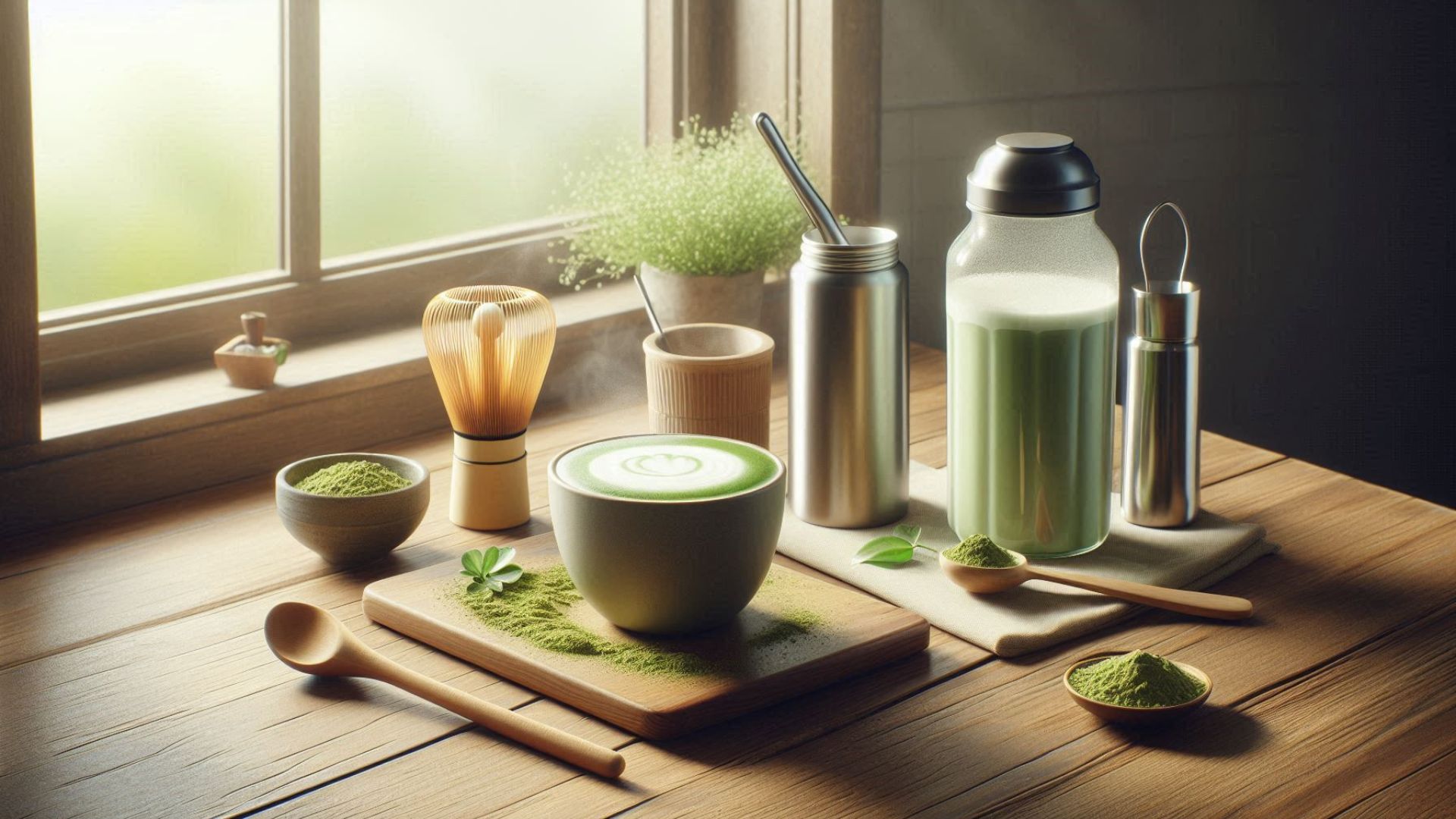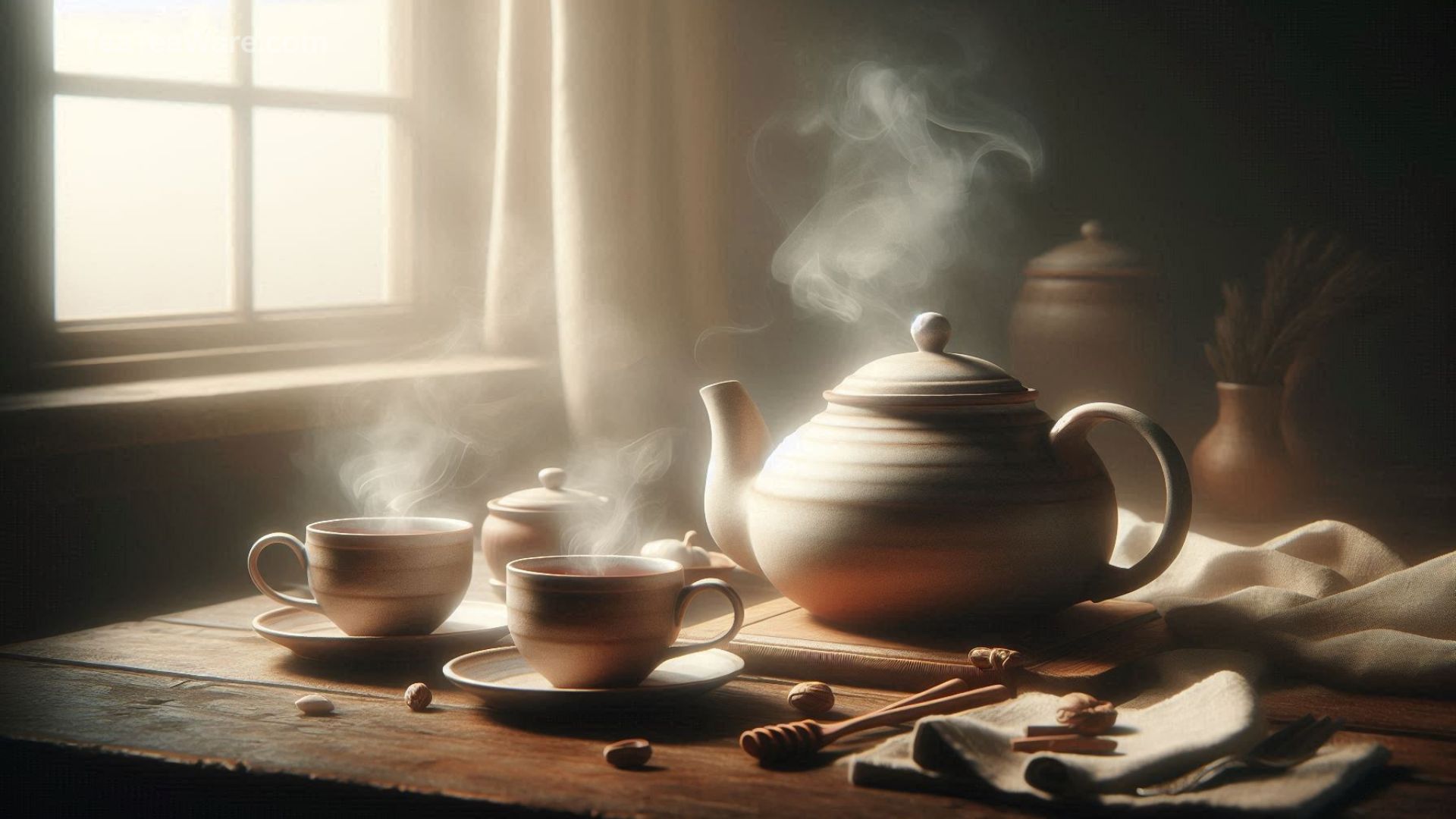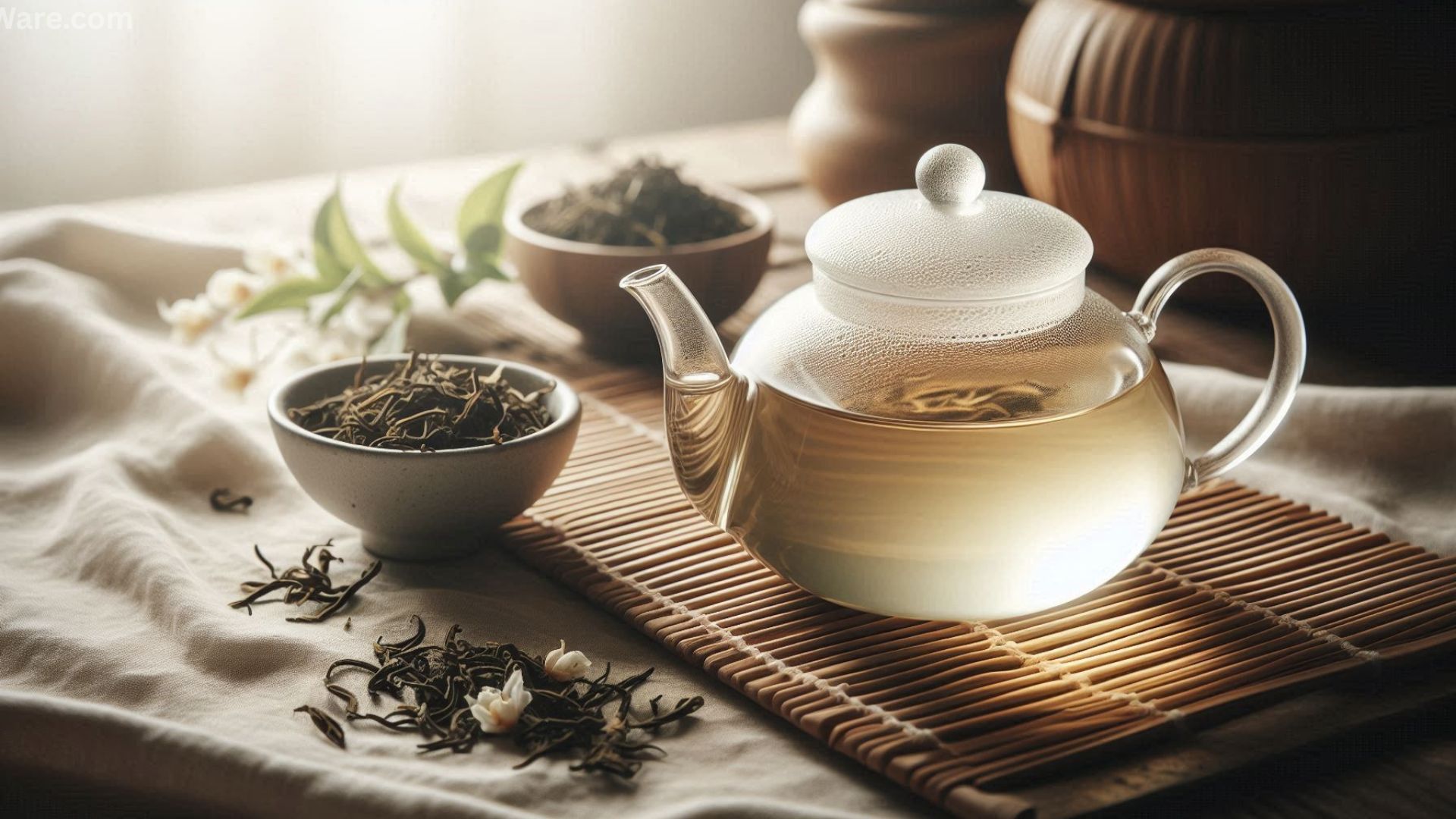If you’re a tea lover, chances are you’ve heard the terms steeping and brewing tossed around. Many people use them interchangeably, and in casual conversation, that’s perfectly fine. But if you want to get the most out of your tea—whether it’s a delicate white tea or a bold black blend—it helps to know the subtle differences between the two.
Think of steeping as the simplest way to make tea and brewing as the artful, more involved approach. Both lead to a delicious cup, but the process, flavor, and experience can be quite different.
In this guide, we’ll break down:
- What steeping means (and why it’s the go-to method for beginners).
- What brewing involves (and why tea enthusiasts love it).
- Key differences between steeping vs brewing.
- Tips on when to choose each method.
- Expert brewing techniques you can try at home.
By the end, you’ll know exactly how to make tea that matches your mood, time, and taste preferences. 🍵
What Is Steeping?
Steeping is the classic and most common way to prepare tea. It simply means adding tea leaves (or a tea bag) to hot water and letting them sit for a set amount of time.
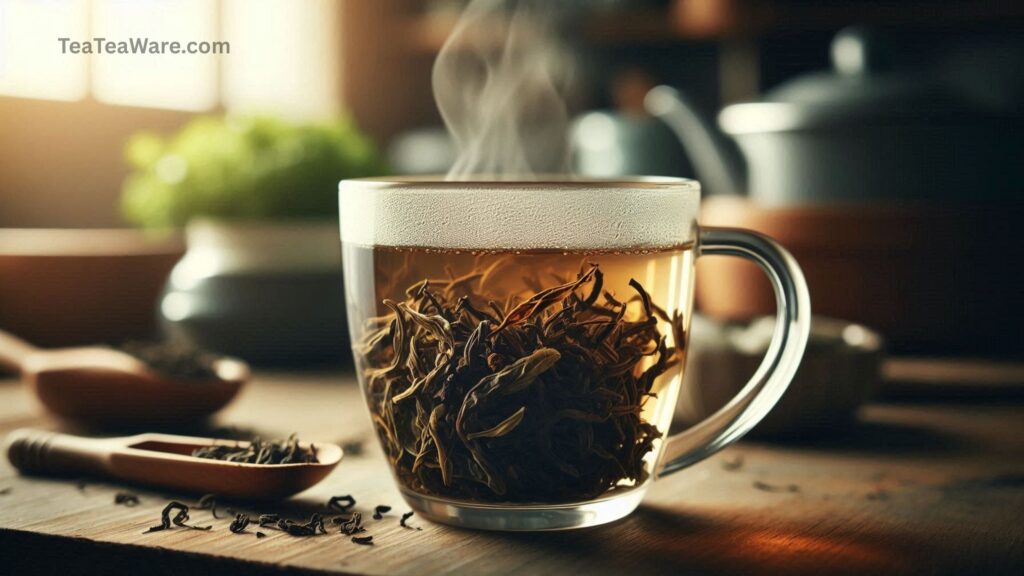
During this process, the flavors, aromas, and nutrients from the leaves infuse into the water, creating your cup of tea.
Key Features of Steeping:
- ✅ Hands-off process – just drop in the leaves and wait.
- ⏱️ Time-sensitive – steeping too long = bitter, too short = weak.
- 🌡️ Temperature matters – different teas require different heat levels.
- 🍃 Best for: green, white, oolong, and everyday tea bags.
Steeping Like a Pro:
To avoid flat or bitter tea, focus on three important elements:
- Water temperature
- Green tea: 160–180°F (70–80°C)
- White tea: 170–185°F (75–85°C)
- Oolong tea: 180–200°F (82–93°C)
- Black tea: 200–212°F (93–100°C)
- Steeping time
- Too short → under-extracted, bland taste.
- Too long → over-extracted, harsh flavor.
- Tea-to-water ratio
- Standard: 1 teaspoon of loose leaf per 8 oz. of water.
- Adjust depending on how strong you like it.
👉 Example: If you steep Japanese Sencha in boiling water, it will taste bitter. But at 175°F for 2 minutes, it will taste smooth, sweet, and refreshing.
What About Brewing?
Brewing also refers to extracting flavors from tea leaves, but the method is more involved than steeping. It often includes special equipment, agitation, or multiple infusions.
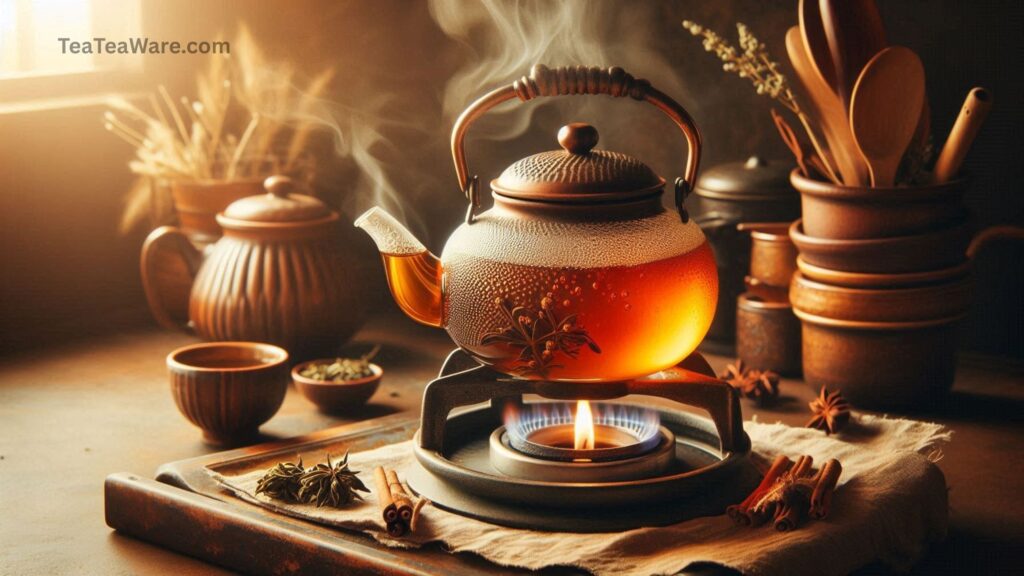
Think of brewing as the artisanal side of tea making—where you can experiment with techniques to achieve bold, layered flavors.
Key Features of Brewing:
- 🔁 Hands-on process – may involve stirring, pouring, or re-steeping.
- ⏳ Takes more time and effort than steeping.
- 💪 Best for stronger teas like black, pu-erh, or herbal blends.
- ☕ Often requires special tools – gaiwan, French press, or Yixing clay pot.
Popular Brewing Methods:
- Gongfu Brewing – A traditional Chinese style using lots of tea leaves, small teapots, and short, repeated infusions. This method highlights the complexity of oolong and pu-erh teas.
- Cold Brew – Steeping tea leaves in cold water for 8–12 hours. The result is smooth, refreshing, and less bitter.
- Sun Tea – Placing tea leaves in a jar of water and leaving it under the sun to brew slowly. Popular for herbal blends and iced teas.
- Boiled Teas – In some traditions, like Indian chai or Tibetan butter tea, tea is boiled with milk, spices, or butter for a rich, warming drink.
👉 Example: A French press isn’t just for coffee. You can use it to brew herbal blends, allowing the herbs to expand and release bold flavors.
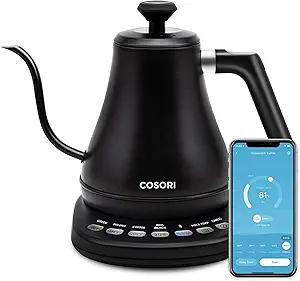
COSORI Electric Gooseneck Kettle
Whether you’re steeping green tea at 175°F or brewing black tea at a rolling boil, precise temperature matters.
Also Read: Is This Glass Teapot Durable Enough for Daily Use?
Steeping vs. Brewing: Key Differences
While both methods extract flavor from tea, they differ in technique and results.
| Feature | Steeping | Brewing |
|---|---|---|
| Effort | Simple, passive | More hands-on |
| Flavor Profile | Light, clean, delicate | Bold, complex, layered |
| Method | Just hot water + time | Can involve stirring, multiple infusions, or boiling |
| Best For | Everyday teas (green, white, oolong) | Strong teas (black, pu-erh, chai, herbal) |
| Equipment | Basic cup & strainer | Specialized tools (gaiwan, press, kettle) |
Which One Should You Use?
The choice depends on your tea type, mood, and time.
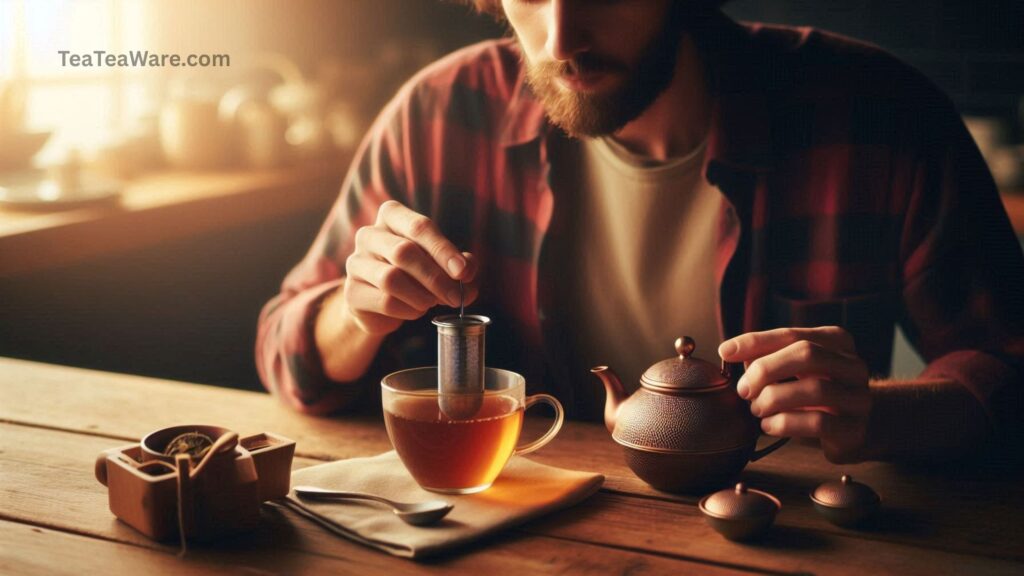
Choose Steeping if:
- You’re making green, white, or oolong tea.
- You want a quick, easy cup.
- You’re new to tea and want a no-fuss method.
- You want to highlight subtle, delicate flavors.
Choose Brewing if:
- You’re making black tea, pu-erh, or strong herbal blends.
- You enjoy experimenting with flavor and technique.
- You have time for a hands-on tea ritual.
- You want to experience traditional methods like Gongfu.
👉 Quick Tip: You can think of steeping as tea for convenience and brewing as tea for the experience.
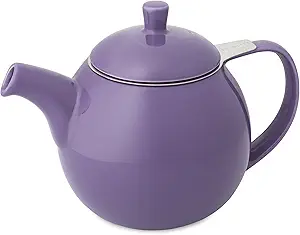
FORLIFE Curve Teapot with Infuser
Ideal for steeping loose-leaf tea — especially when you want to enjoy the natural flavors without over-extracting.
Also Read: Best Minimalist Teacups for Everyday Use
Expert Tips for Better Tea
- Use filtered water – tap water with chlorine can dull flavors.
- Pre-warm your cup or teapot to maintain water temperature.
- Experiment with multiple infusions—especially for oolong or pu-erh.
- Don’t be afraid to adjust ratios and times based on personal taste.
For an in-depth brewing guide, you might enjoy Tea Association of the USA’s resources, which cover brewing traditions and techniques.
Final Sip
At the end of the day, both steeping and brewing get you to the same destination: a comforting cup of tea. Steeping is quick, simple, and perfect for everyday drinking. Brewing is more immersive, allowing you to explore the depth and richness of tea culture.
The best part? You don’t have to choose one forever. Some days you’ll crave the simplicity of a steeped green tea, while other days you may want the complexity of a carefully brewed oolong.
So go ahead—experiment, sip, and discover your personal tea ritual.
☕ Happy sipping!
Frequently Asked Questions (FAQs)
Q1. Is steeping the same as brewing?
Not exactly. Steeping is a form of brewing, but brewing often implies a more involved process with special techniques.
Q2. Can I brew coffee and tea the same way?
Some methods, like using a French press, can work for both. However, tea is more sensitive to water temperature and timing than coffee.
Q3. How long should I steep green tea?
Typically 1–3 minutes at 160–180°F. Longer times can make it bitter.
Q4. Is cold brew tea healthier?
Cold brewing extracts fewer tannins, making it smoother and gentler on the stomach. Nutritionally, it still contains antioxidants and caffeine.
Q5. Do I need special equipment to brew tea?
Not always. While tools like gaiwans or Yixing pots enhance the experience, you can start with a teapot or even a mug and strainer.
